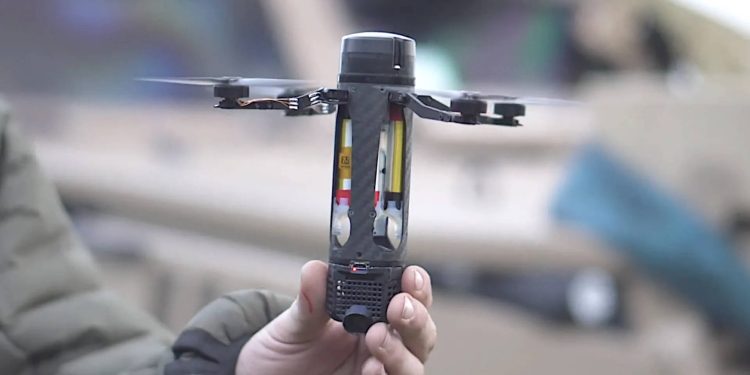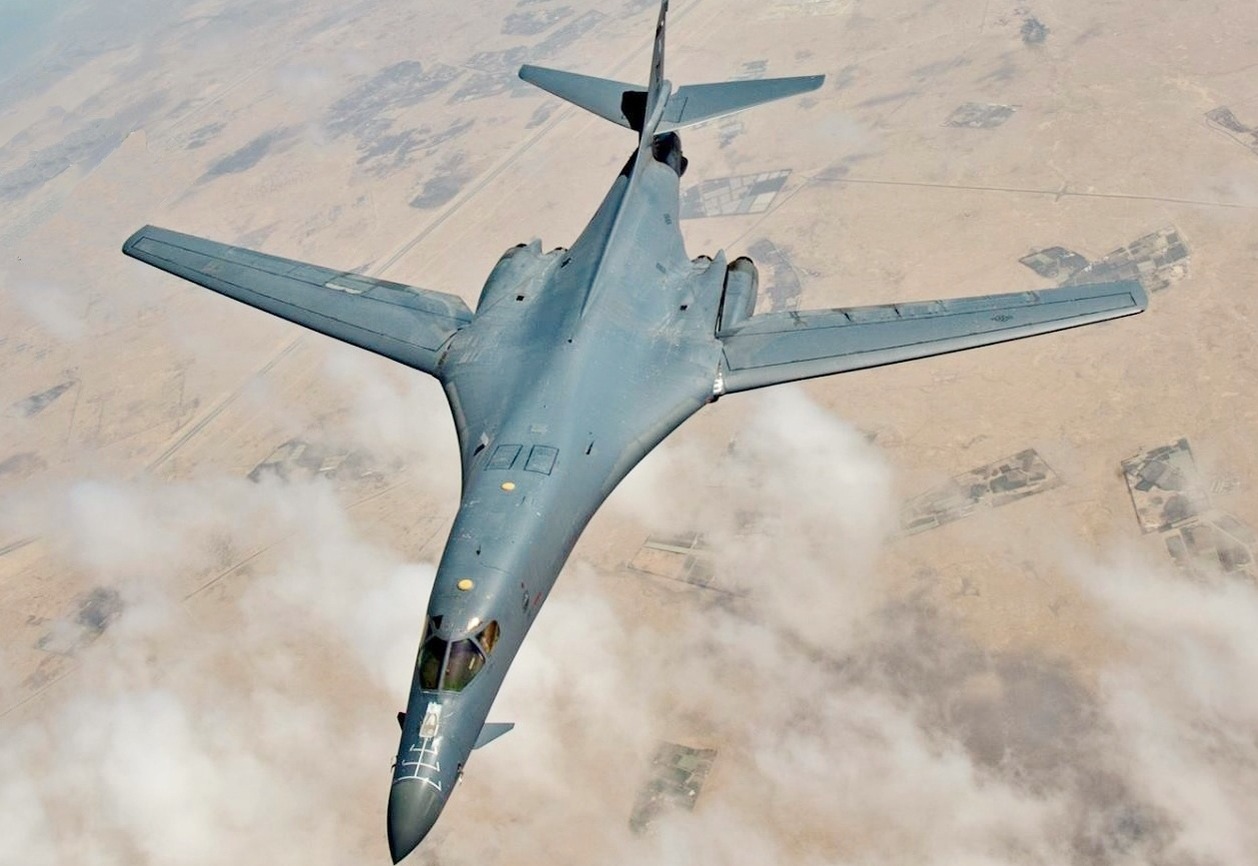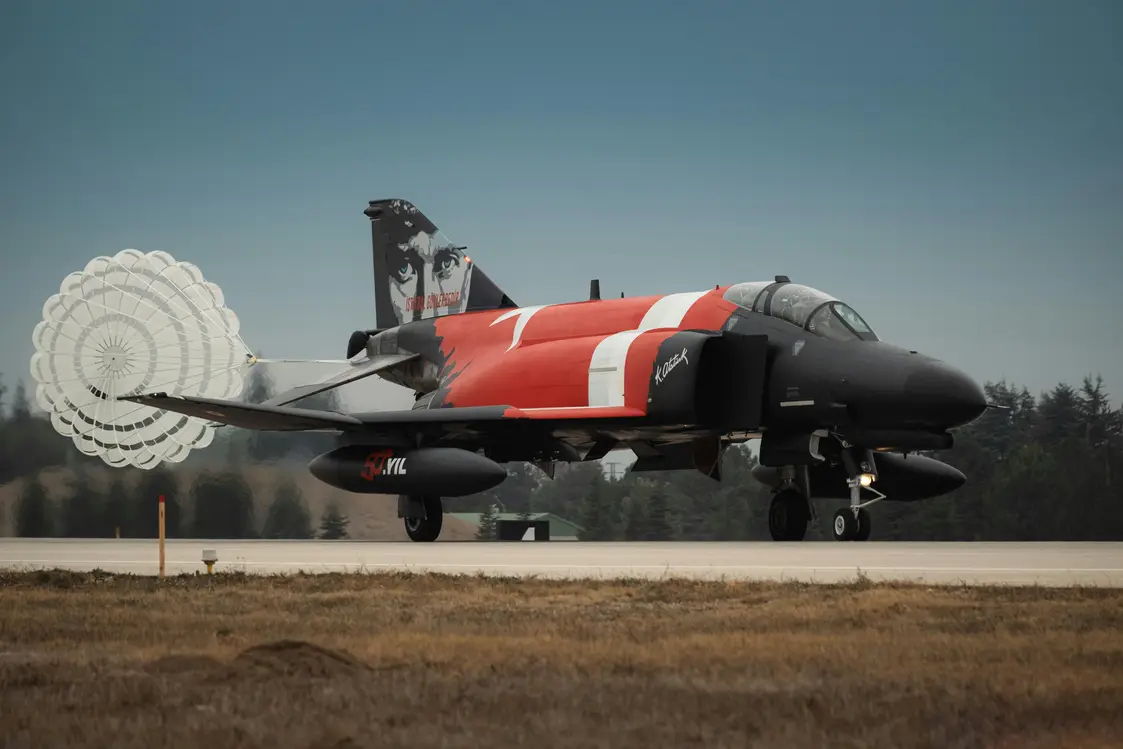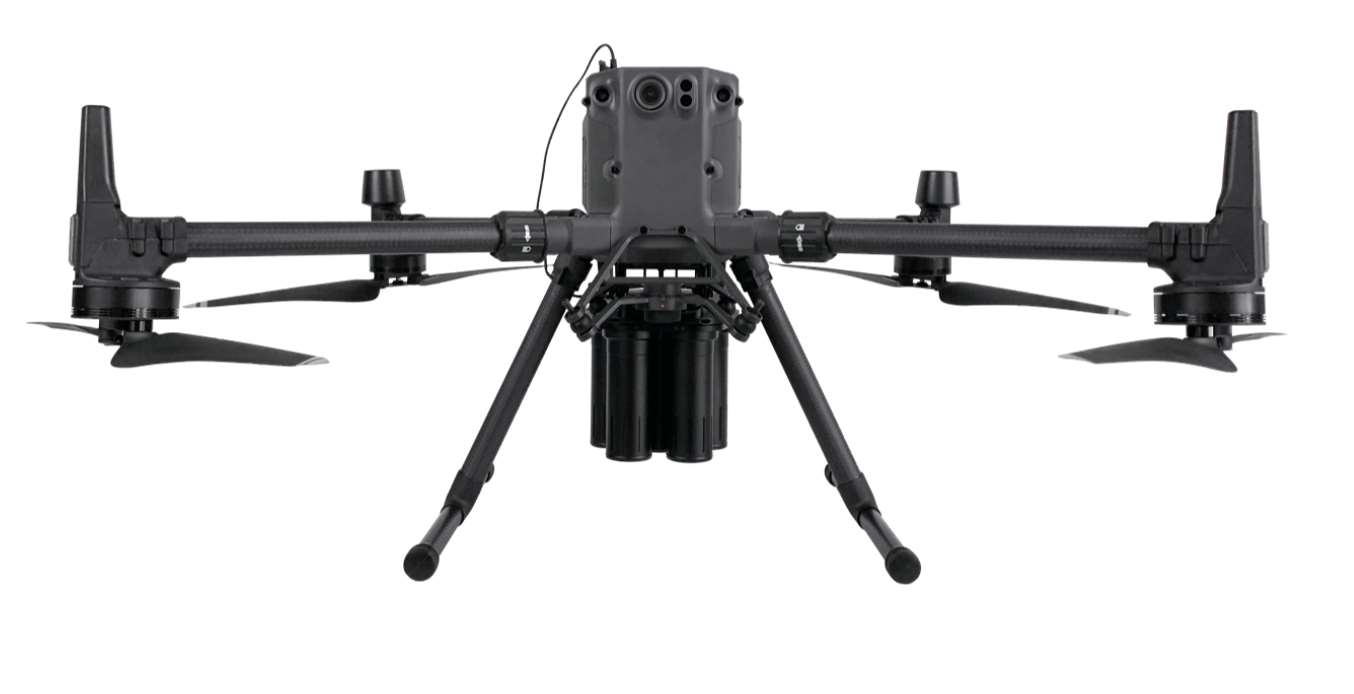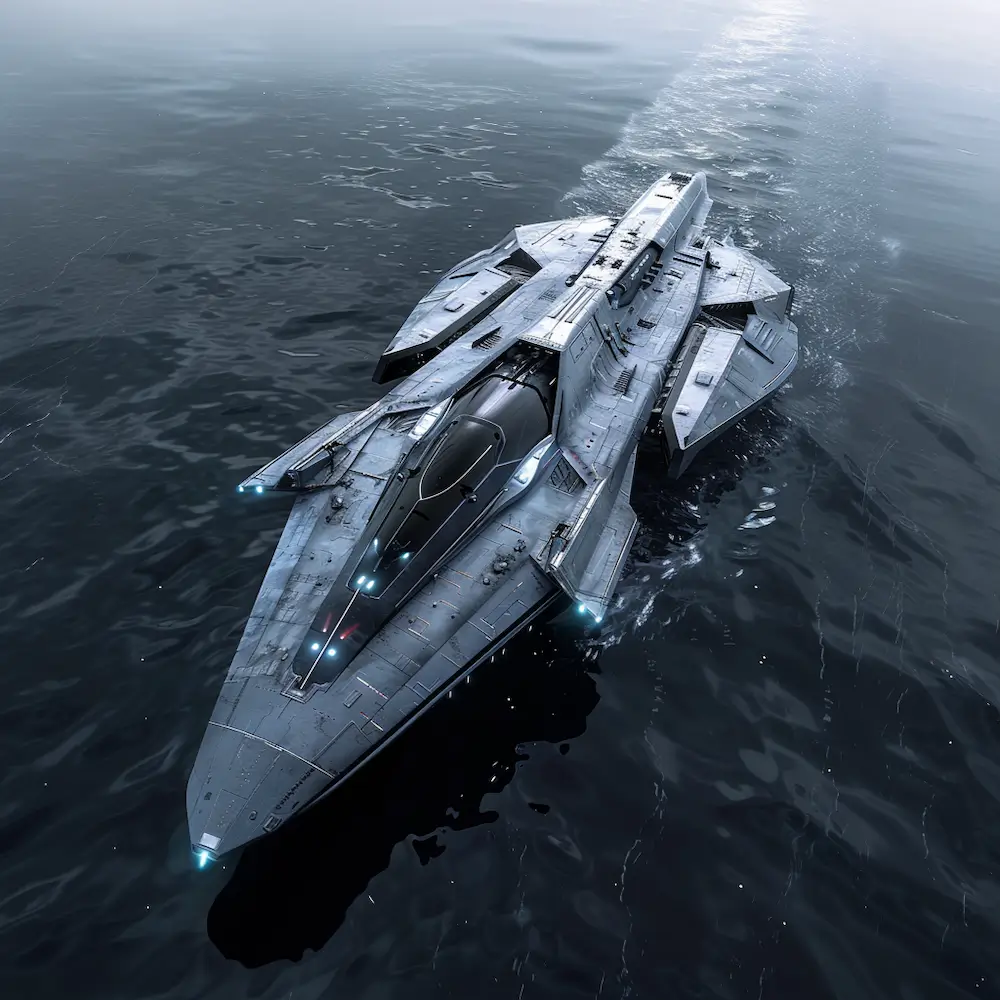The Emergence of Drone Warfare
In recent years, the landscape of warfare has dramatically transformed with the advent of unmanned aerial vehicles (UAVs). Among the groundbreaking innovations is the Drone-40, which seamlessly merges the capabilities of drones and grenades. This convergence has opened new strategic avenues for military operations, facilitating greater flexibility and precision in combat scenarios.
What is Drone-40?
The Drone-40 is a revolutionary tactical asset that combines the versatility of drones with the effectiveness of grenades. Designed to be deployable from any standard grenade launcher, this drone veers away from traditional uses by providing a unique blend of reconnaissance, and attack functions.
Key Features and Specifications
- Flight Capabilities: The Drone-40 can be launched using a standard grenade launcher, after which it transitions into hover flight. This allows it to maintain a stable position in the air, thereby functioning as an aerial observation point.
- Payload Options: Offers a range of payload options including explosive, smoke, or electronic warfare devices, tailored for diverse mission requirements.
- Electro-Optical Payload: Integrates cameras that provide real-time video feed, enhancing situational awareness.
| Specification | Details |
|---|---|
| Weight | 400 grams |
| Range | Up to 10 kilometers |
| Flight Time | Up to 30 minutes |
| Launch Platform | 40mm Launch Systems |
Strategic Advantages
The Drone-40 brings numerous strategic benefits to the battlefield. It’s particularly valued for its loitering capability, which enables it to stay airborne over a target area, providing crucial intelligence without immediately engaging. This allows operators to select the optimal timing and location for engagement, thereby maximizing operational success.
Operational Flexibility
One of Drone-40’s core advantages is its operational flexibility. It works in both standalone and networked environments, communicating seamlessly with existing combat systems. This interoperability enhances not only its utility but also integrates well within modern digital battlefields.
Revolutionizing Battlefield Tactics
The introduction of Drone-40 is likely to redefine battlefield tactics. Commanders can now employ intricate maneuvers, relying on the drone’s capabilities for surveillance, targeting, and engagement. Moreover, its cost-effectiveness compared to larger UAV systems means it can be deployed in larger numbers without significant budget impacts.
Ethical and Legal Considerations
As with any advanced military technology, the deployment of the Drone-40 raises important ethical and legal questions. These include concerns over the potential for misuse in urban warfare and the implications of autonomous targeting capabilities. Countries utilizing such technologies must consider these aspects to ensure compliance with international laws and ethical standards.
Future Developments
As technology progresses, the Drone-40 is poised for further advancements. Future iterations are expected to feature enhanced AI capabilities, longer flight times, and improved payload diversity, broadening its scope of use and operational potential.
Ultimately, the Drone-40 epitomizes a significant leap forward in drone technology, offering militaries around the world a versatile tool for modern warfare. Its combination of reconnaissance and offensive capabilities ensures it will remain a pivotal component in military arsenals for years to come.
